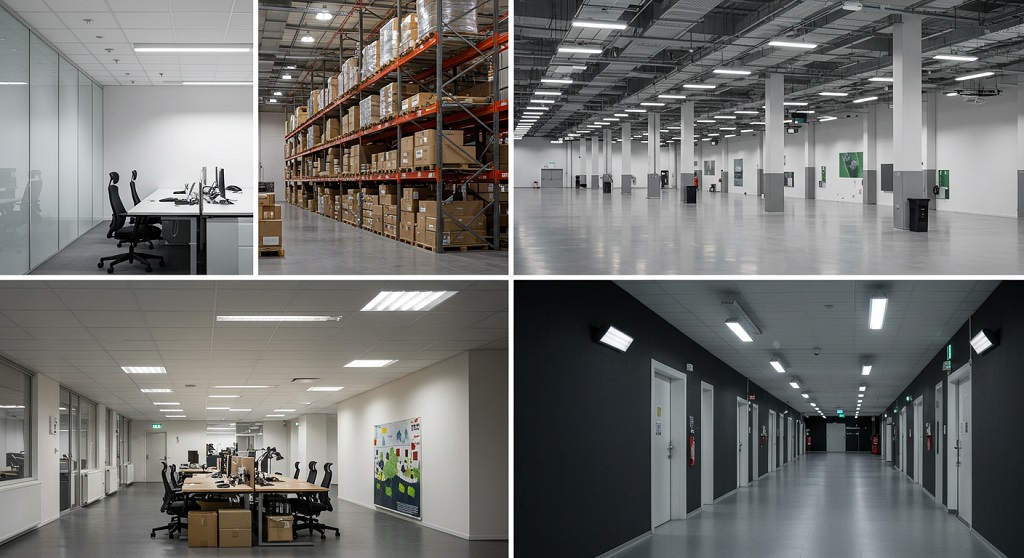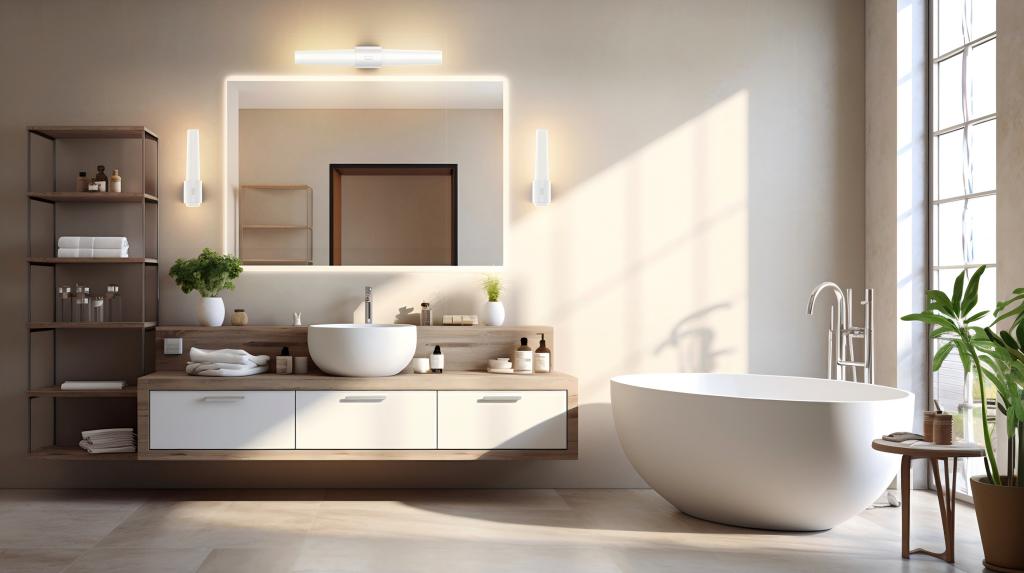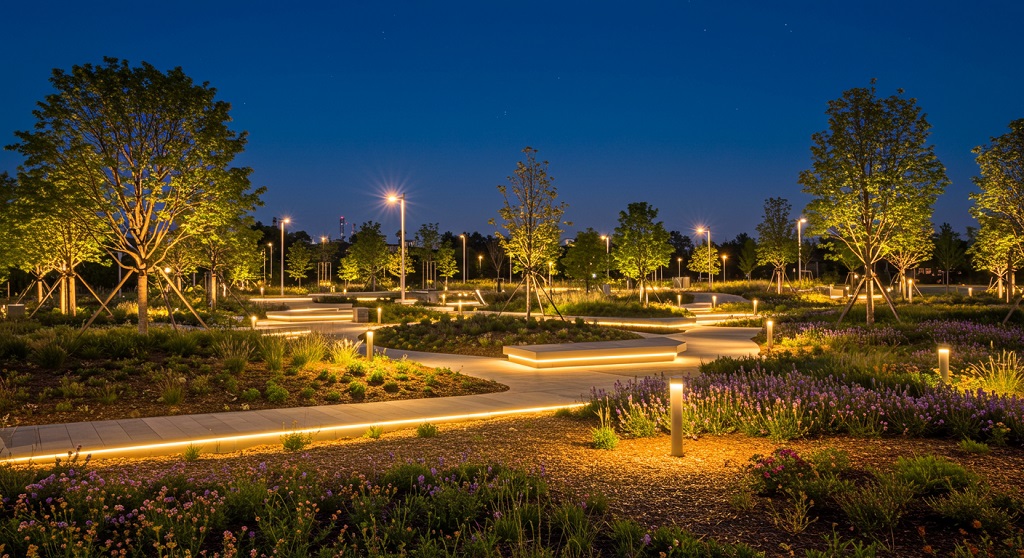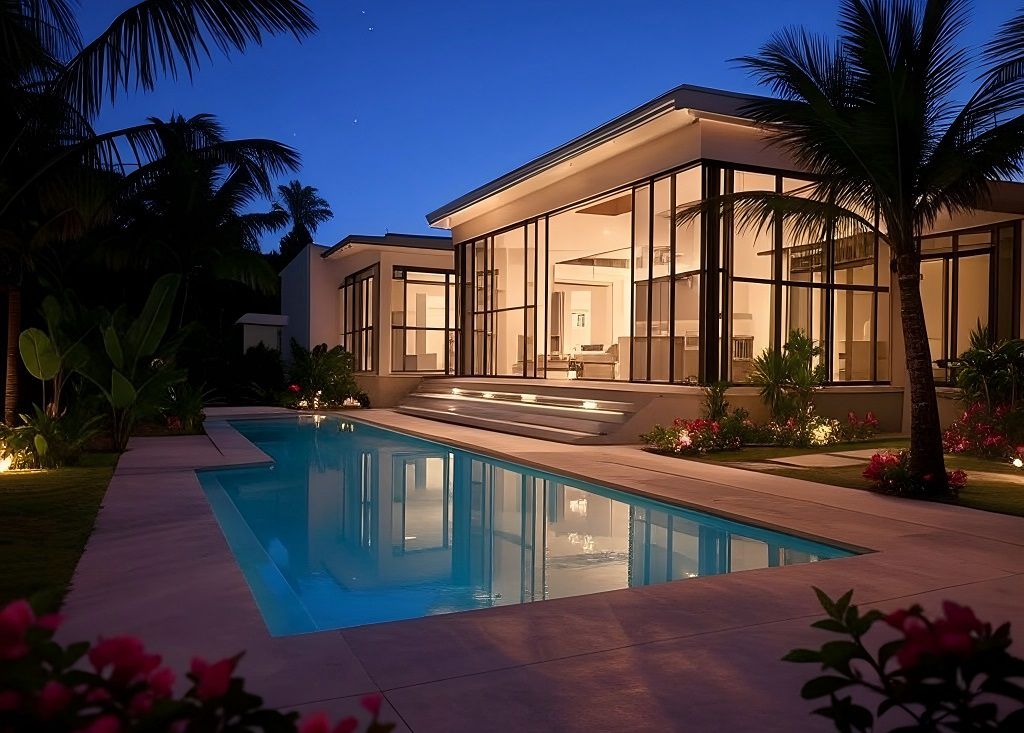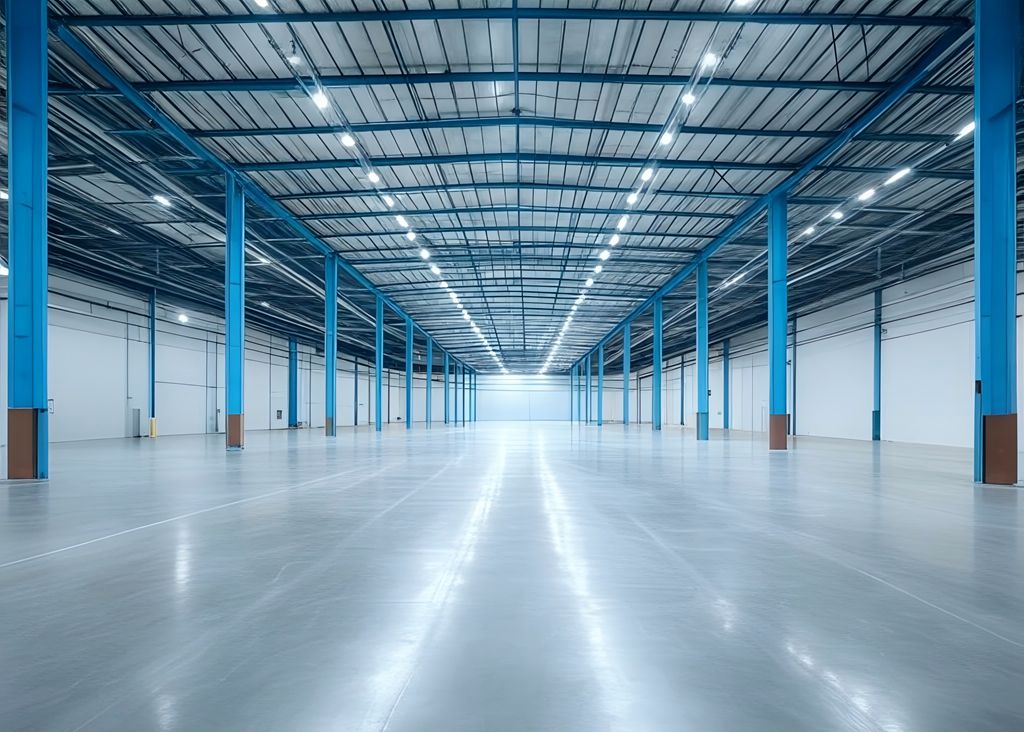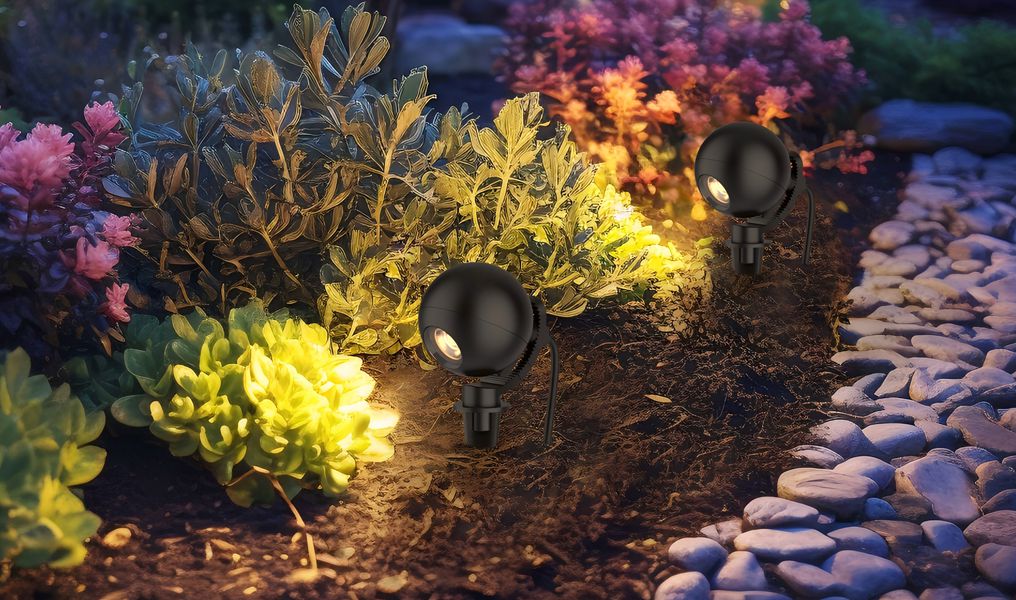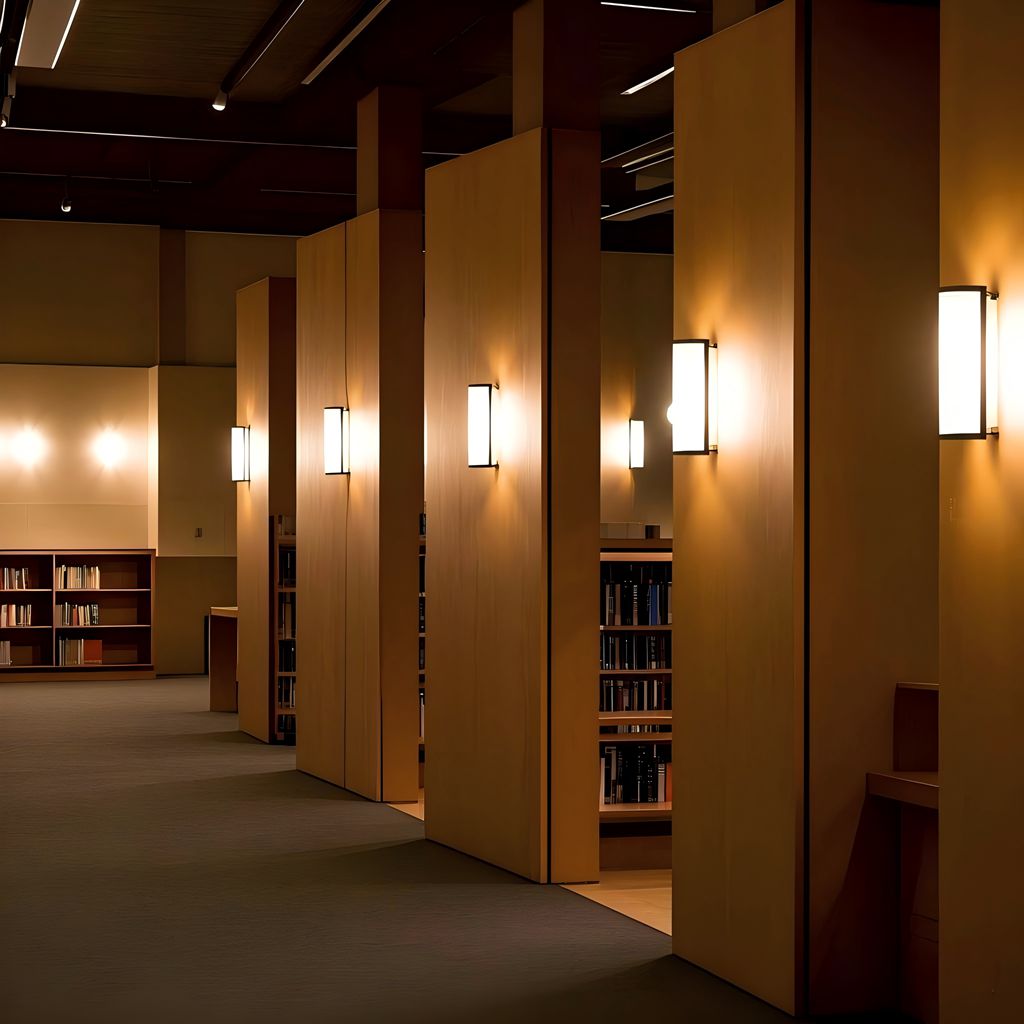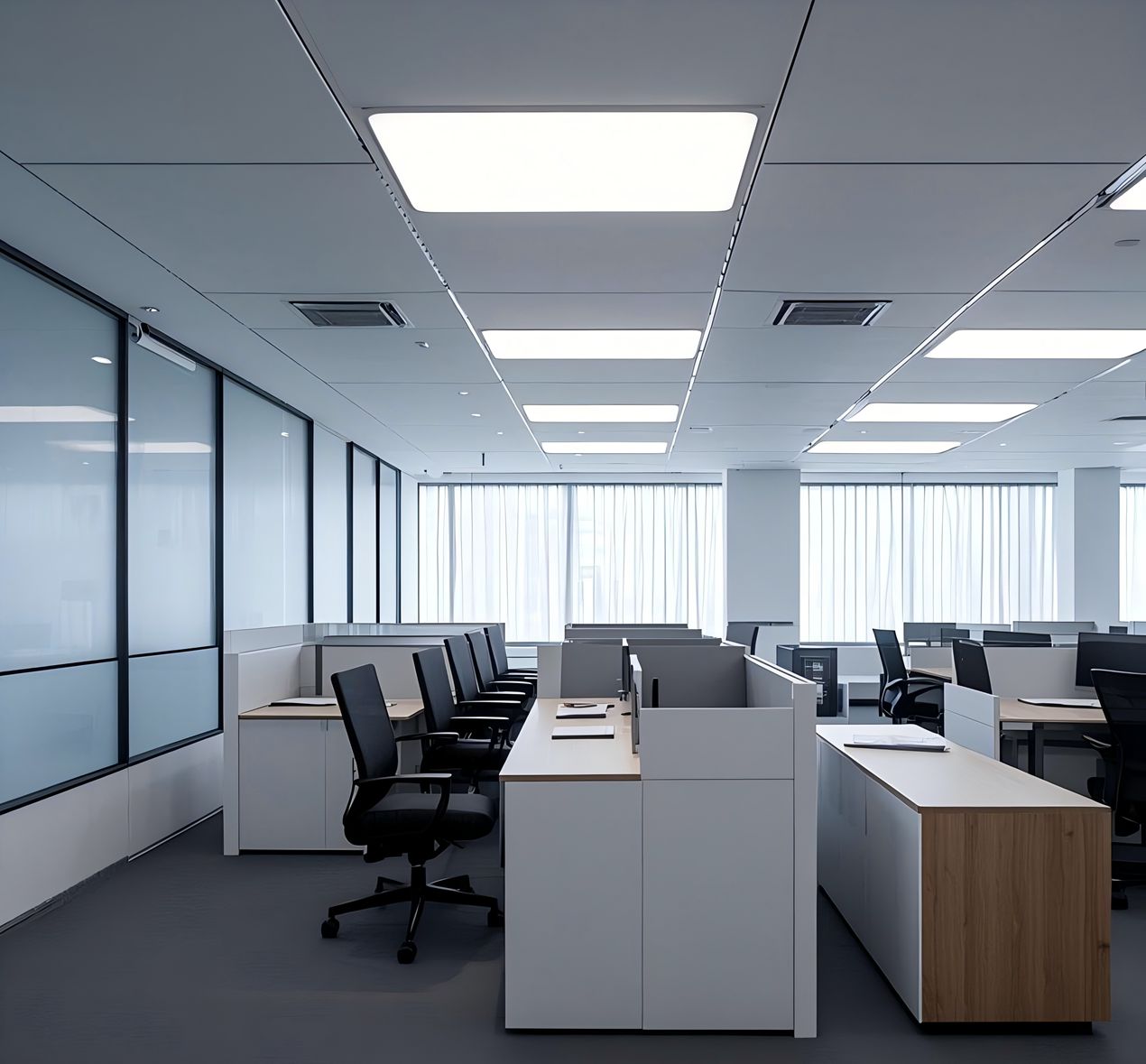Cutting-edge lighting refers to the latest advancements and technologies in the field of lighting design and technology. It encompasses innovative and state-of-the-art lighting systems, fixtures, and techniques that push the boundaries of traditional lighting solutions. Here are a few examples of cutting-edge lighting technologies and trends

What are the cutting-edge lighting examples?
Normally, there are 7 examples of cutting-edge lighting technologies and trends, there are LED Lighting, smart lighting, OLED lighting, Human-Centric Lighting, Li-Fi, 3D printing, and nanotechnology. In commercial lighting and industry lighting, both widely applied LED lighting, smart lighting, OLED Lighting, Human-Centric Lighting, and Li-Fi.
LED Lighting
LED technology has revolutionized the lighting industry. LEDs are highly energy-efficient, durable, and versatile. They offer a wide range of color options, and dimming capabilities, and can be integrated into various form factors, such as flexible strips or panels.
Energy Efficiency: LED lights are highly energy-efficient, consuming significantly less electricity compared to traditional lighting options. This not only helps reduce energy consumption but also lowers electricity bills and contributes to a greener environment.
Extended Lifespan: LED lights have an exceptionally long lifespan compared to conventional bulbs. They can last up to 25 times longer, reducing the frequency and cost of replacements. Say goodbye to the hassle of frequently changing burnt-out bulbs!
Advanced Control Options: LED lights are compatible with sophisticated control systems, allowing you to have precise control over your lighting environment. You can adjust brightness levels, fine-tune color temperatures, and even create customized lighting schemes for different areas or activities. This flexibility enables you to create the desired ambiance and optimize lighting conditions for specific needs.
Enhanced Safety: LED lights emit significantly less heat compared to traditional bulbs. This reduces the risk of burns and minimizes fire hazards, making them a safer lighting option, especially in healthcare spaces where safety is of utmost importance.
Smart Lighting
In the era of increasing "smartness," where technology is transforming our daily lives, lighting systems have joined the league of intelligent devices. Smart lighting solutions are revolutionizing healthcare facilities with their added intelligence and flexibility.
Here's a rewritten version of the content:
Occupancy Sensors: Integrating occupancy sensors with the lighting system ensures lights are activated only when a specific area is in use. This smart feature saves energy by magically turning the lights on and off based on occupancy.
Daylight Harvesting: By harnessing natural sunlight through sensors, smart lighting systems optimize overall lighting efficiency, reducing energy consumption during daylight hours. It's like inviting the sunshine in to illuminate your space.
Zonal Controls: Smart lighting empowers you to divide your healthcare facility into zones, each with its lighting settings. With a simple tap, you can create the perfect ambiance and have complete control over luminosity levels in different areas.
Remote Management: Advanced control interfaces enable facility managers to remotely monitor and manage the lighting system. With remote access, adjustments can be made to achieve perfection without the need to be physically present on-site.
OLED Lighting
Organic Light Emitting Diodes are thin, flexible, and lightweight light sources. OLED lighting panels offer uniform illumination, high color rendering, and design flexibility. They can be used in various applications, including architectural lighting, automotive lighting, and wearable devices.
Thin and Flexible: OLED lighting panels are incredibly thin and flexible, allowing for a wide variety of form factors and design applications. They can be bent, curved, or even rollable, enabling the creation of innovative lighting solutions that were not possible with traditional lighting technologies.
Uniform Illumination: OLED panels emit light uniformly across their surface, providing consistent and even illumination. This makes them ideal for applications where uniform lighting distribution is important, such as architectural lighting or display lighting.
High Color Quality: OLED lighting offers exceptional color quality, with a wide color gamut and high color rendering index (CRI). This means that OLED lights can accurately reproduce colors and render them with excellent clarity and vibrancy.
Design Flexibility: The thin and flexible nature of OLED panels allows for versatile design possibilities. They can be integrated into various products and surfaces, such as furniture, walls, or even clothing, offering seamless and aesthetically pleasing lighting solutions.
Instant On/Off: OLED lights have an instant response time, providing immediate illumination when turned on and turning off instantly when power is cut. This feature makes them suitable for applications that require rapid switching and dynamic lighting effects.
Human-Centric Lighting
Human-centric lighting aims to enhance well-being and productivity by replicating or simulating natural light conditions. It considers factors like color temperature, intensity, and spectral distribution to mimic the changing qualities of daylight throughout the day. This type of lighting can have positive impacts on circadian rhythms and improve sleep patterns.
Circadian Rhythm Synchronization: HCL aims to align our internal body clocks, known as circadian rhythms, with the natural light-dark cycle. It involves providing appropriate lighting conditions throughout the day that mimic the changing qualities of natural daylight, including variations in intensity, color temperature, and spectral distribution.
Dynamic Lighting: HCL involves dynamic lighting systems that can adjust the intensity and color temperature of light throughout the day. This helps regulate our sleep-wake cycles, hormone production, and alertness levels, promoting better sleep quality, increased productivity during the day, and improved overall well-being.
Tunable White Lighting: Tunable white lighting systems allow for the adjustment of color temperature, providing a range of warm to cool light. This enables the creation of lighting scenarios that align with different activities and times of day, such as energizing cool light in the morning and calming warm light in the evening.
Personalization and Control: HCL recognizes that individuals have different preferences and sensitivities to light. Therefore, it emphasizes personalized lighting solutions that can be adjusted and controlled by individuals to suit their specific needs and preferences, whether it's in the workplace, healthcare settings, or residential environments.
Non-Visual Effects of Light: HCL considers not only the visual aspects of light but also the non-visual effects, which impact our physiological and psychological well-being. These effects include regulating our sleep-wake cycle, mood, and cognitive performance, and even influencing hormonal and metabolic processes.
Health and Well-being Benefits: Properly designed HCL systems have the potential to improve sleep quality, reduce symptoms of circadian rhythm disorders, enhance mood and alertness, increase productivity, and positively impact overall health and well-being.
Applications: HCL finds applications in various environments, including workplaces, schools, healthcare facilities, hospitality settings, and residential spaces. It is particularly beneficial in spaces where natural daylight is limited or when individuals are exposed to artificial lighting for extended periods.-centric lighting is an evolving field that combines scientific research, lighting technology, and design principles to create lighting environments that support human health, well-being, and performance. By understanding and harnessing the biological effects of light, HCL aims to create lighting solutions that promote our overall wellness in today's modern indoor environments
Li-Fi
Short for "Light Fidelity," Li-Fi is a cutting-edge wireless communication technology that uses light waves to transmit data. It operates by modulating the intensity of LED lights at a very high speed, which can then be detected by compatible devices, enabling high-speed wireless data transfer.
The basic principle behind Li-Fi is to modulate the intensity of light emitted by an LED (Light-Emitting Diode) to transmit data. The LED can be turned on and off at extremely high speeds, faster than the human eye can perceive. These light intensity changes are detected by a receiver, such as a photodetector, which converts the variations into electrical signals that can be interpreted as data. One of the advantages of Li-Fi is its potential for high data transfer rates. Another advantage of Li-Fi is its potential for enhanced security.

